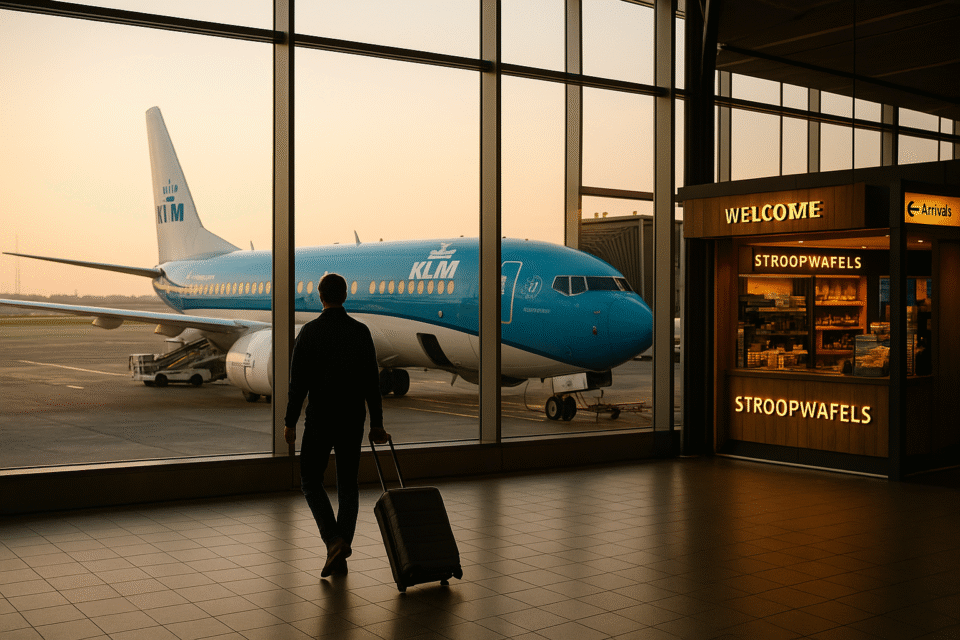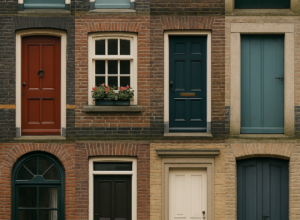Two Free Nations, Different Priorities
An American and a Dutch friend sit at a café in Amsterdam, discussing their tax systems. The American comments on the high Dutch taxes: “I could never give up that much of my paycheck. It would feel like losing my freedom.” The Dutch friend looks puzzled and replies, “But our taxes give us the freedom to never worry about healthcare costs or education for our children. Isn’t that more freeing?”
This conversation highlights a fascinating cultural contrast. The Netherlands and the United States both deeply value freedom as a cornerstone of their national identities. Both countries have fought for liberty throughout their histories. Yet each has developed remarkably different understandings of what freedom means in practice. These differences shape everything from government policies to daily life decisions.
Historical Foundations of Freedom
America’s concept of freedom was forged in revolution. The Declaration of Independence and Constitution emphasized protection from government overreach, celebrating the individual’s right to pursue life, liberty, and happiness with minimal interference. This revolutionary origin story has created an enduring American suspicion of authority and celebration of self-determination.
The Dutch conception of freedom evolved differently. While the Netherlands also fought for independence (against Spanish rule in the 16th and 17th centuries), Dutch society developed around the necessity of cooperation. Building and maintaining dikes, managing water systems, and creating polders (reclaimed land) required collective effort and coordination. This foundation established a pragmatic view that individual freedoms function best within systems of mutual support and shared responsibility.
Additionally, the Netherlands’ historical position as a trading nation and its tradition of religious tolerance during Europe’s religious wars contributed to a society that values both personal freedom and social cohesion. The Dutch Golden Age demonstrated how liberty and collective prosperity could reinforce each other.
Personal Freedom vs. Collective Well-being
For many Americans, freedom is deeply tied to individual choice and the absence of restrictions. Personal liberty often takes precedence over collective outcomes. This manifests in resistance to government mandates and a strong emphasis on individual rights protection.
In contrast, the Dutch tend to view freedom through a more collective lens. Their society operates on the “polder model” – a consensus-based approach to decision-making that balances various interests. Dutch culture emphasizes that genuine freedom requires basic security and access to opportunities. This translates to stronger social safety nets, universal healthcare, comprehensive public transportation, and other systems designed to provide what they see as the foundations of freedom.
These different approaches were visible in how each country responded to the COVID-19 pandemic. While America debated mask mandates as potential infringements on personal liberty, many Dutch citizens viewed temporary restrictions as necessary sacrifices to protect the collective freedom to safely participate in society.
Freedom From vs. Freedom To
American conceptions of freedom often emphasize “freedom from” – freedom from government interference, excessive taxation, or restrictions on speech and behavior. This negative liberty focus places high value on autonomy and self-reliance.
Dutch society, meanwhile, places greater emphasis on “freedom to” – the freedom to access education regardless of family income, freedom to receive healthcare without financial ruin, freedom to enjoy substantial parental leave after having children, and freedom to rely on robust public transportation if one cannot or chooses not to drive.
Neither approach is inherently superior, but they lead to different priorities. Americans might feel constrained by the higher taxes and regulations in the Netherlands, while Dutch visitors to America often express surprise at the gaps in social services that they view as essential to freedom.
Public Infrastructure and Freedom
The physical landscape of each country reflects these different freedom philosophies. American development patterns, centered around automobile ownership, reflect the value of individual mobility and the freedom to live where one chooses, even if that means long commutes.
Dutch cities, with their extensive cycling infrastructure and efficient public transportation, prioritize the freedom of movement for all citizens regardless of age, income, or ability to drive. Children as young as ten enjoy the freedom to independently navigate their communities – a liberty many American parents can only dream of for their kids.
The Dutch cycling infrastructure isn’t merely a quaint cultural tradition; it represents freedom through intentional design. While Americans might view car ownership as freedom, the Dutch see true freedom as not needing a car at all.
Social Structures and Personal Liberty
Dutch employment policies reveal another dimension of freedom differences. The Netherlands guarantees substantial vacation time, parental leave, and work flexibility by law. Many Americans would view such regulations as government overreach, while the Dutch see them as ensuring the freedom to maintain work-life balance.
Americans typically work more hours annually than their Dutch counterparts. The Dutch approach prioritizes the freedom to enjoy life outside of work, with the average worker entitled to 20 vacation days plus national holidays. Part-time work is also normalized and protected by law in the Netherlands, with part-time employees receiving proportional benefits and protections.
The American system, with fewer labor regulations, offers different kinds of freedom: more entrepreneurial opportunity, lower barriers to business creation, and potentially greater rewards for exceptional success. This system celebrates the freedom to pursue ambitious goals, even if it means accepting greater personal risk.
Conclusion: Learning From Both Perspectives
Both the American and Dutch approaches to freedom have their strengths and limitations. Americans visiting or relocating to the Netherlands might initially focus on the restrictions – higher taxes, more regulations, smaller homes. Yet many come to appreciate the freedoms these systems enable: the peace of mind of comprehensive healthcare, the ability for children to move independently, the guaranteed time to enjoy life outside work.
Similarly, Dutch citizens might find American individualism jarring at first but come to appreciate the entrepreneurial energy and innovation it fosters. The beauty of cultural exchange is the opportunity to examine our own assumptions and perhaps incorporate the best aspects of different approaches.
Understanding these different conceptions of freedom doesn’t require abandoning your own values. Rather, it enriches cross-cultural dialogue and might even reveal new dimensions of freedom you hadn’t previously considered. After all, perhaps the greatest freedom is the ability to see the world through someone else’s eyes.








